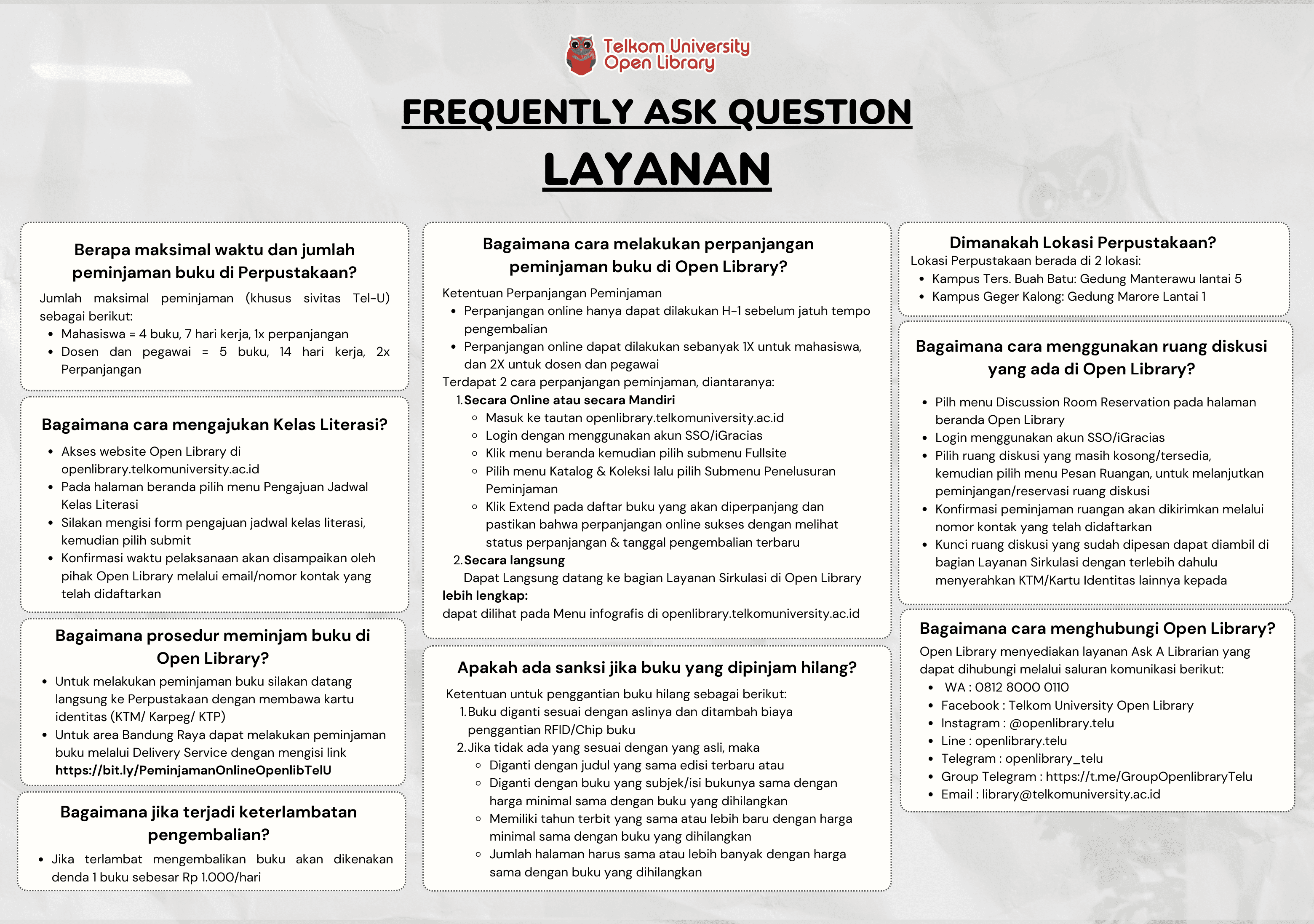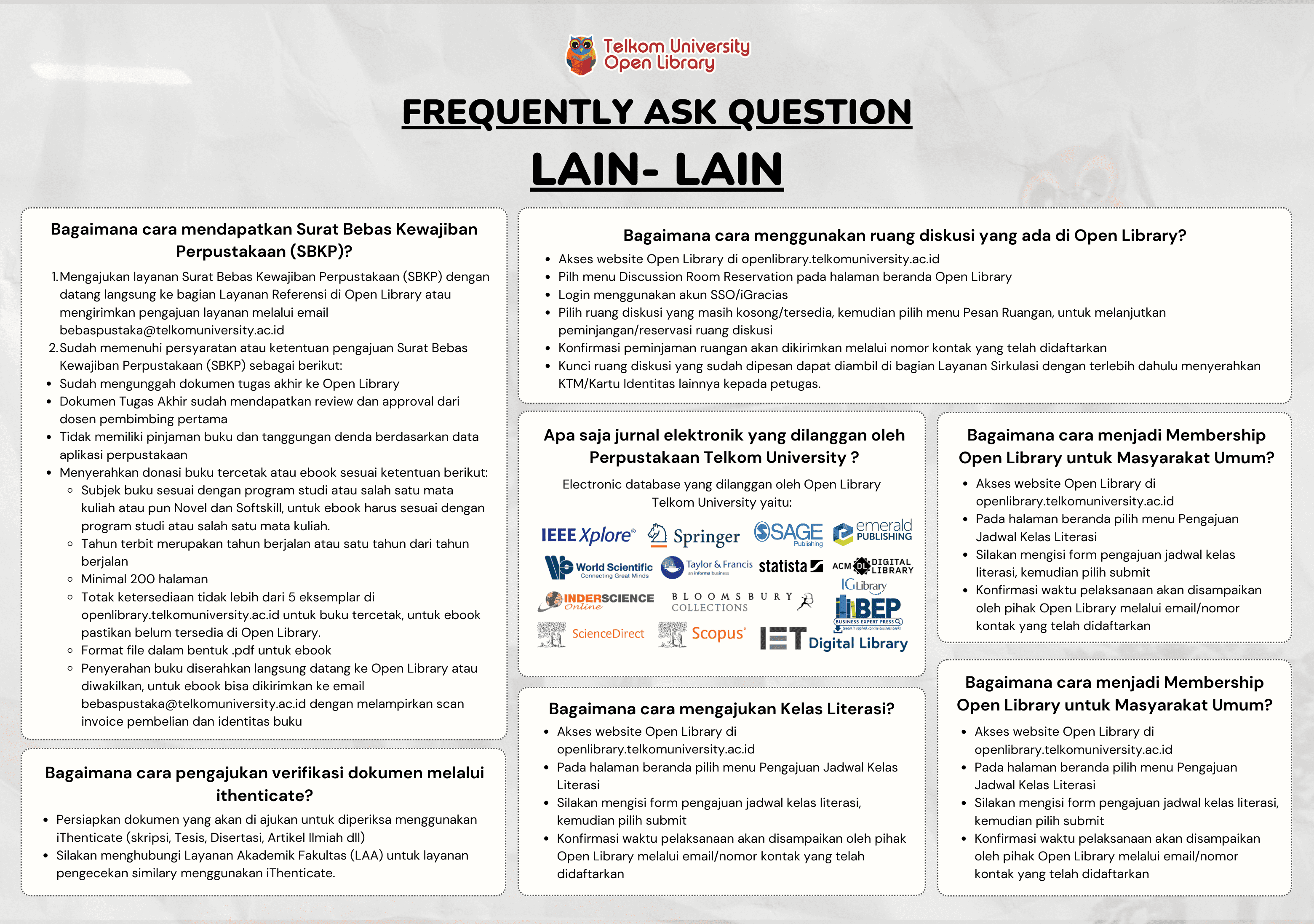Feature Modelling of PV Power Prediction for Solar Power Plant using Combined Stacking Ensemble Learning and Variational Mode Decomposition - Dalam bentuk buku karya ilmiah
SITI NUR LATHIFAH

Informasi Umum
Kode
24.05.571
Klasifikasi
006.3 - Special Computer Methods- Artificial intelligence
Jenis
Karya Ilmiah - Thesis (S2) - Reference
Subjek
Data Science
Dilihat
142 kali
Informasi Lainnya
Abstraksi
Solar power prediction has become a popular area of research in renewable energy. However, it faces challenges due to intermittent sunlight, which is only available during the day. As a result, solar panels can only generate electricity during daylight hours. Accurate solar power prediction (SPP) is essential for operational planning to efficiently meet system demands, especially as the use of renewable energy sources grows. Traditional prediction models often need help with solar power data’s non-linear and complex nature, making it difficult to achieve precise and reliable forecasts. To tackle these obstacles, this study employs Variational Mode Decomposition (VMD) to deconstruct intricate solar power signals into intrinsic mode functions (IMFs), thereby improving the extraction of features for predictive modelling. The IMFs are chosen based on their correlation with the target variable and are integrated with time and weather features. These features are then meticulously fine-tuned using Pearson and Spearman correlation methods to enhance the precision of the prediction models. For prediction, ensemble learning techniques are utilized to harness the collective capabilities of multiple models, thereby enhancing the accuracy and resilience in forecasting solar energy production. The stacking ensemble method using the Adaboost meta-model provided the best performance among the evaluated models, achieving the highest accuracy with an RMSE of 27.729, an MAE of 12.56, an R² of 0.865, and a correlation coefficient (CC) of 0.945 on the validation set. This model significantly reduced prediction errors and demonstrated its effectiveness in handling the complexity and variability of solar power data. The best models were identified in Scenario 5, where the combination of VMD and ensemble learning led to a remarkable improvement in forecasting accuracy, highlighting its potential for practical applications in solar energy management. The study results show that RSME without adding IMF2 as an input feature in ensemble learning stacking with Adaboost as a meta-model is RSME 21.914, MAE 12.752, R2 0.927, CC 0.963. Using IMF2 as an input feature improves performance to RSME 11.43, MAE 7.97, R2 0.98, and CC 0.99. Thus, the use of IMF2 as an additional feature increases accuracy by 52.125% on RSME, 62.5% on MAE, 1.05% on R2, 1.02% on CC.
Koleksi & Sirkulasi
Tersedia 1 dari total 1 Koleksi
Anda harus log in untuk mengakses flippingbook
Pengarang
| Nama | SITI NUR LATHIFAH |
| Jenis | Perorangan |
| Penyunting | Didit Adytia |
| Penerjemah |
Penerbit
| Nama | Universitas Telkom, S2 Informatika |
| Kota | Bandung |
| Tahun | 2024 |
Sirkulasi
| Harga sewa | IDR 0,00 |
| Denda harian | IDR 0,00 |
| Jenis | Non-Sirkulasi |


















